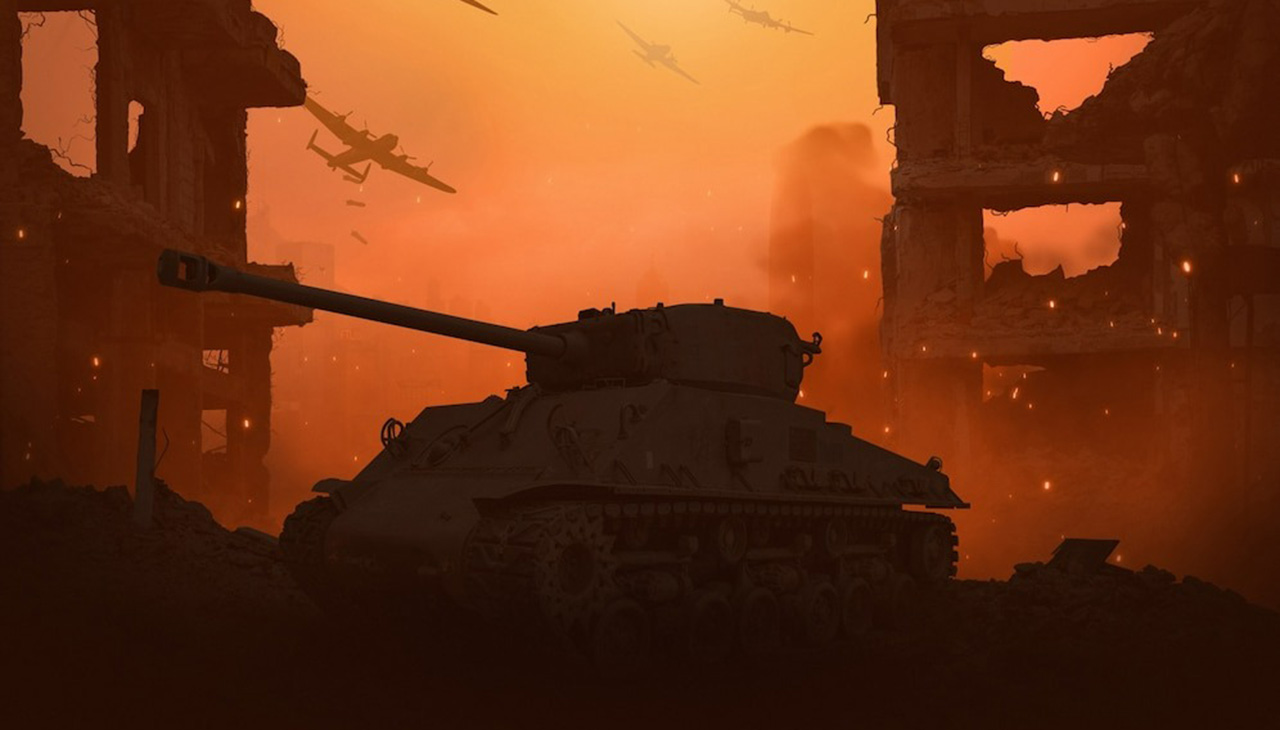The American Expeditionary Forces (AEF), led by General John J. Pershing, played a crucial role in World War I and emerged as a transformative learning organization. Their expeditionary experience allowed them to innovate and adapt to the brutal realities of trench warfare on European soil. This pivotal period in U.S. military history didn’t just test the mettle of American soldiers but also served as a crucible for learning and evolution. This chapter delves into the key lessons drawn by the AEF and how these lessons reverberated through the corridors of U.S. military strategy and doctrine.
Challenges faced by the AEF
The AEF faced numerous challenges upon their deployment in the battles of World War I. Firstly, they were confronted with the unfamiliar and deadly reality of trench warfare, a tactic that was not extensively used in previous American military engagements. This entailed a steep learning curve in understanding and circumventing enemy defenses. Secondly, logistical issues posed a significant challenge. The need to ship men, materiel, and supplies across the Atlantic was an unprecedented endeavor that required meticulous planning and coordination. Thirdly, the AEF had to grapple with a lack of experienced combat leaders due to the relatively peaceful period leading up to the war. This lack of experience was evident both in the ranks and among the officer corps, posing a challenge to the effective execution of combat operations.
The AEF’s learning process
The AEF tackled these challenges head-on, and in the process, established a robust learning ecosystem, characterized by constant feedback, adaptation, and innovation. The doctrine of “learning by doing” took root, with soldiers and leaders alike gaining hands-on experience and making adjustments based on the realities of the battlefield. Tactics and strategies were regularly updated, drawing from both their own experiences and the best practices of their French and British allies. This continuous learning process was facilitated by a culture that encouraged questioning and introspection, allowing for rapid adaptation to the brutal realities of trench warfare. Furthermore, the AEF invested heavily in training and development, setting up training camps to bridge the experience gap among its leaders and to prepare its soldiers for the intensity of the battles to come. Ultimately, it was this commitment to learning and adaptation that enabled the AEF to overcome the formidable challenges they faced and play a decisive role in the Allied victory in World War I.
Lessons learned from World War I
The lessons drawn from the experiences of the AEF in World War I were multifold and profound, leaving an indelible mark on U.S. military doctrine. One critical lesson was the importance of adaptability and learning culture in the face of rapidly evolving warfighting conditions. The AEF’s ability to adapt to the realities of trench warfare, drawing on a doctrine of “learning by doing,” proved crucial in overcoming the initial challenges they faced. This underscored the need for military organizations to be flexible, innovative, and open to learning.
Another lesson was the necessity of robust logistical planning and coordination, shown by the AEF’s experience in managing the unprecedented task of shipping men and resources across the Atlantic. The war highlighted the importance of logistics as a strategic consideration in military planning.
Lastly, the AEF recognized the need for experienced leadership in the effective execution of military operations. The experience gap among the AEF’s leaders emerged as a significant challenge during the war, underlining the importance of comprehensive training and development programs to prepare leaders for the rigors of combat.
These lessons from World War I have since been integrated into the U.S. military’s training, strategy, and doctrine, shaping the way the U.S. military prepares for and conducts operations to this day.
Legacy of the AEF’s learning experience
The legacy of the AEF’s learning experience extends far beyond the battlefields of World War I. The AEF’s commitment to learning, adaptability, and comprehensive training has been woven into the fabric of U.S. military doctrine, shaping how it prepares for and responds to the exigencies of warfare. The emphasis on experience-driven learning, as well as the importance placed on robust logistical planning and experienced leadership, is evident in the U.S. military’s conduct of operations, even in the 21st century.
Furthermore, the AEF’s culture of encouraging questioning and introspection has instilled an environment of continuous improvement and innovation within the military ranks. This culture fosters resilience and readiness to adapt, reinforcing the U.S. military’s ability to navigate the complexities of modern warfare.
Therefore, the AEF’s lessons from World War I and their commitment to learning and adaptation have not only left an indelible mark on U.S. military history, but continue to influence its strategies, tactics, and training methodologies today.
Conclusion
The experience of the AEF in World War I is an invaluable example of how learning and adaptation can be used to overcome formidable challenges. Their courage and commitment to learning were instrumental in the Allied victory, leaving an enduring legacy that has shaped U.S. military doctrine ever since. The lessons drawn from their experiences still reverberate today, reinforcing the importance of continuous feedback and adjustment in the face of rapidly changing conditions. This underscores the need for military organizations to remain flexible, resilient, and open to learning to effectively navigate the complexities of modern warfare.

